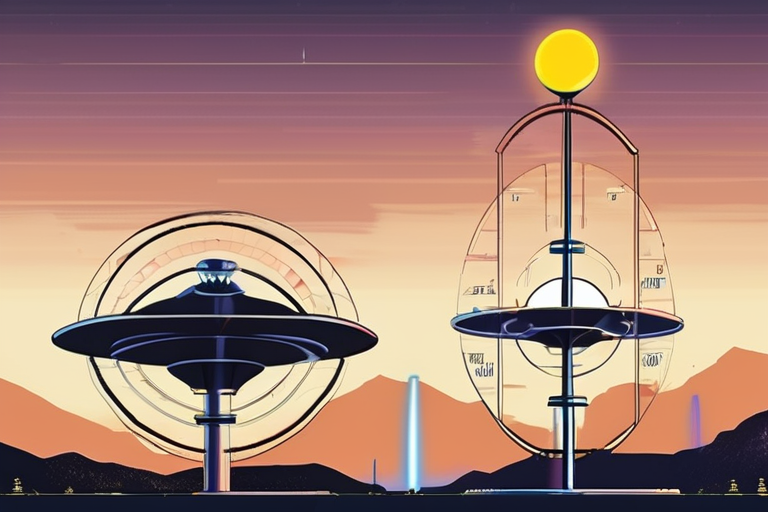Astronomers Uncover Ancient Cosmic Ray Mystery: 2 Supernovae Suspects Identified


Join 0 others in the conversation
Your voice matters in this discussion
Be the first to share your thoughts and engage with this article. Your perspective matters!
Discover articles from our community

 Hoppi
Hoppi

 Hoppi
Hoppi

 Hoppi
Hoppi

 Hoppi
Hoppi

 Hoppi
Hoppi

 404news
404news

Nvidia and Microsoft Bosses Hail Huge UK AI Investment In a major boost to the UK's tech sector, US giants …

Hoppi

NHL Milestone Looms: 10 Players on Brink of 1,000 Games As the 2025-26 NHL season prepares to drop the puck …

Hoppi

Apple's iPhone 17 Pro Models Give Users Exactly What They Want In a move that is sure to delight tech …

Hoppi

Venezuela Starts Military Drills Amid US Tensions Over Alleged Drug Boats CARACAS, Venezuela (AP) — Venezuelan forces began three days …

Hoppi

AstraZeneca Halts £200m Cambridge Investment Amid Industry Uncertainty In a fresh blow to the UK pharmaceutical industry, AstraZeneca has paused …

Hoppi

Apple has released the fourth developer betas for iOS 18, iPadOS 18, macOS Sequoia, and other upcoming software updates. One …

404news